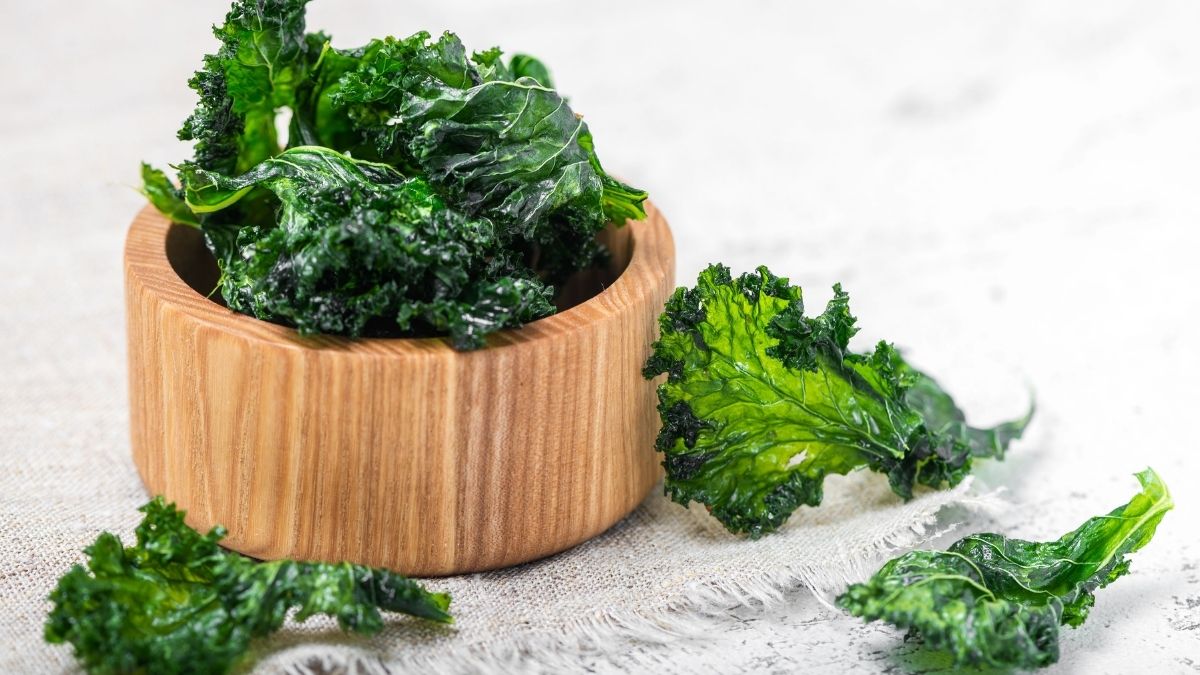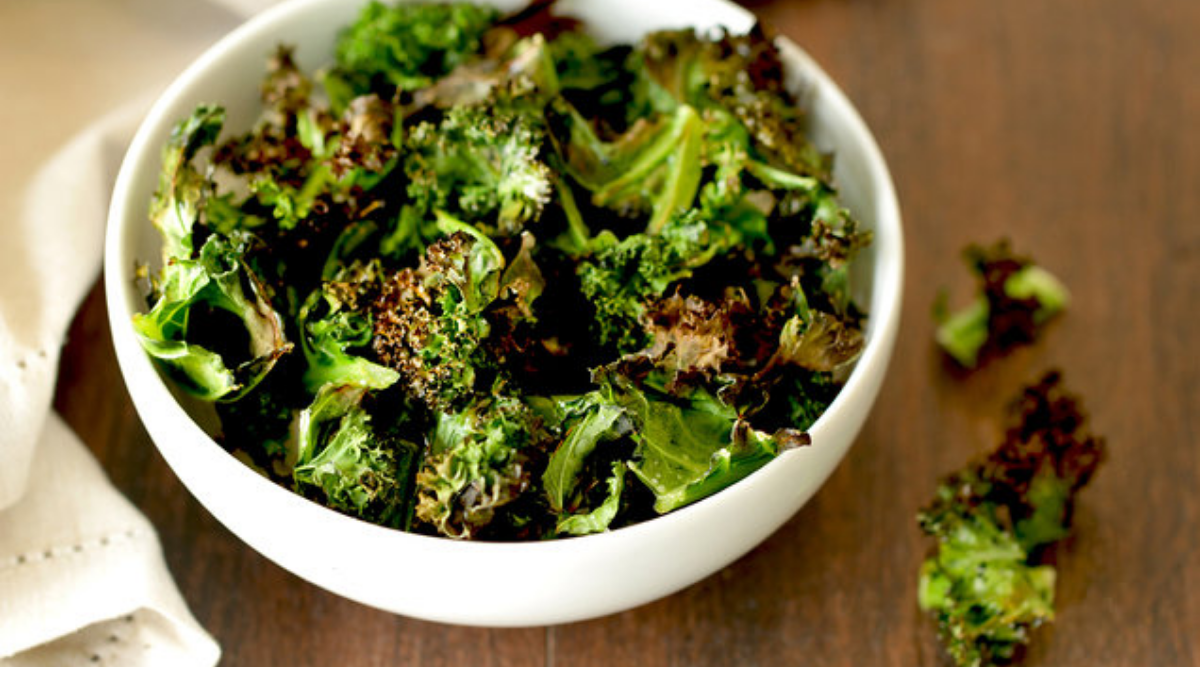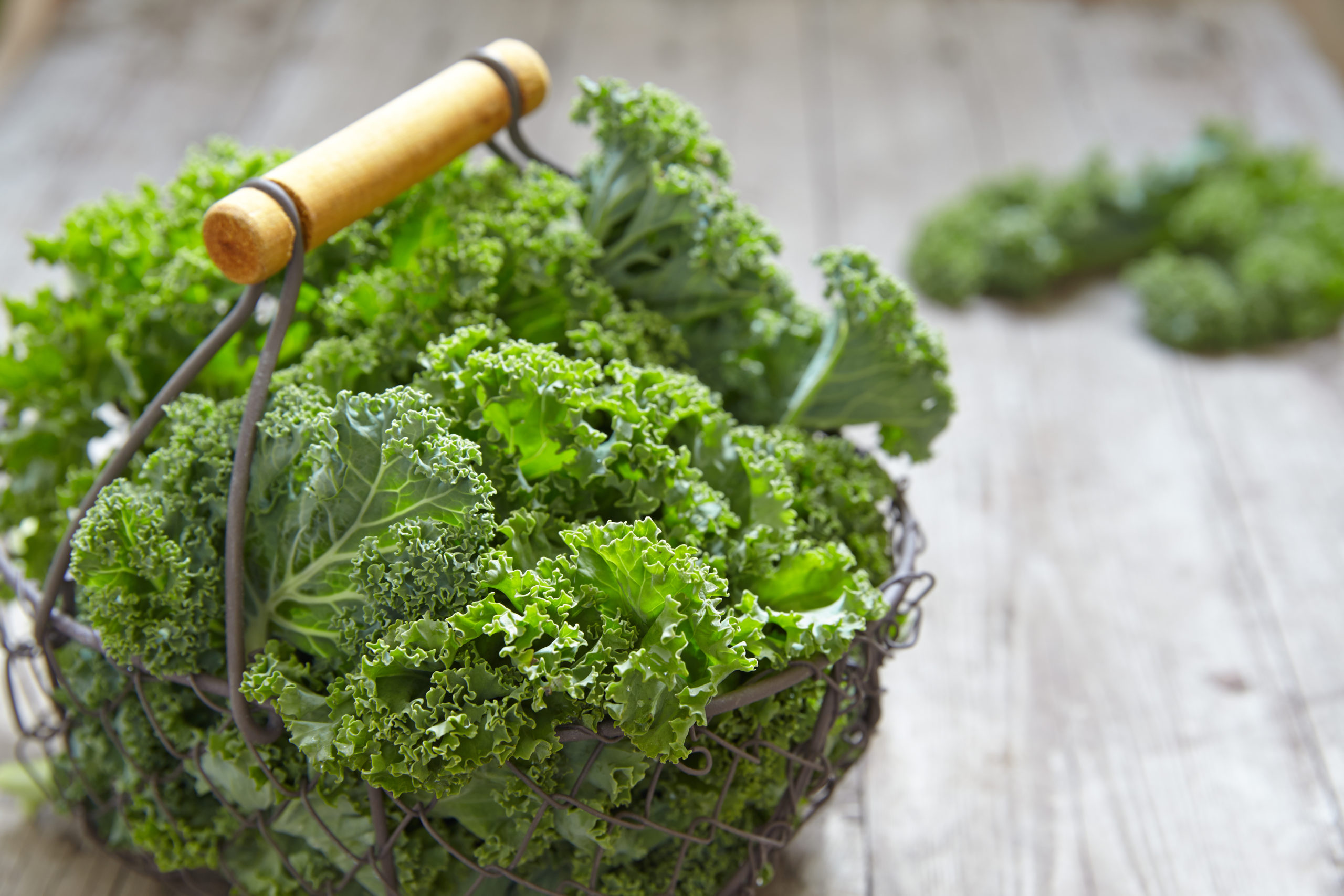Kale Nutrition Facts
Kale leaves were once mostly grown as a garnish by American farmers. Still, it has long been a popular vegetable in Europe and other parts of the world, such as Asia, South America, and Africa. Thanks to health professionals pushing it as a good source of nutrients and antioxidants, kale has made its way from acting as décor behind bowls of icebergs to the top of salad bar offerings in the United States during the last several years.


